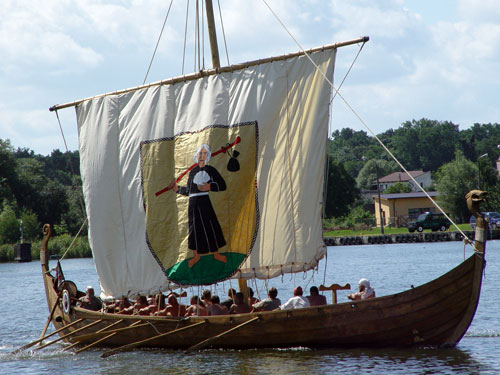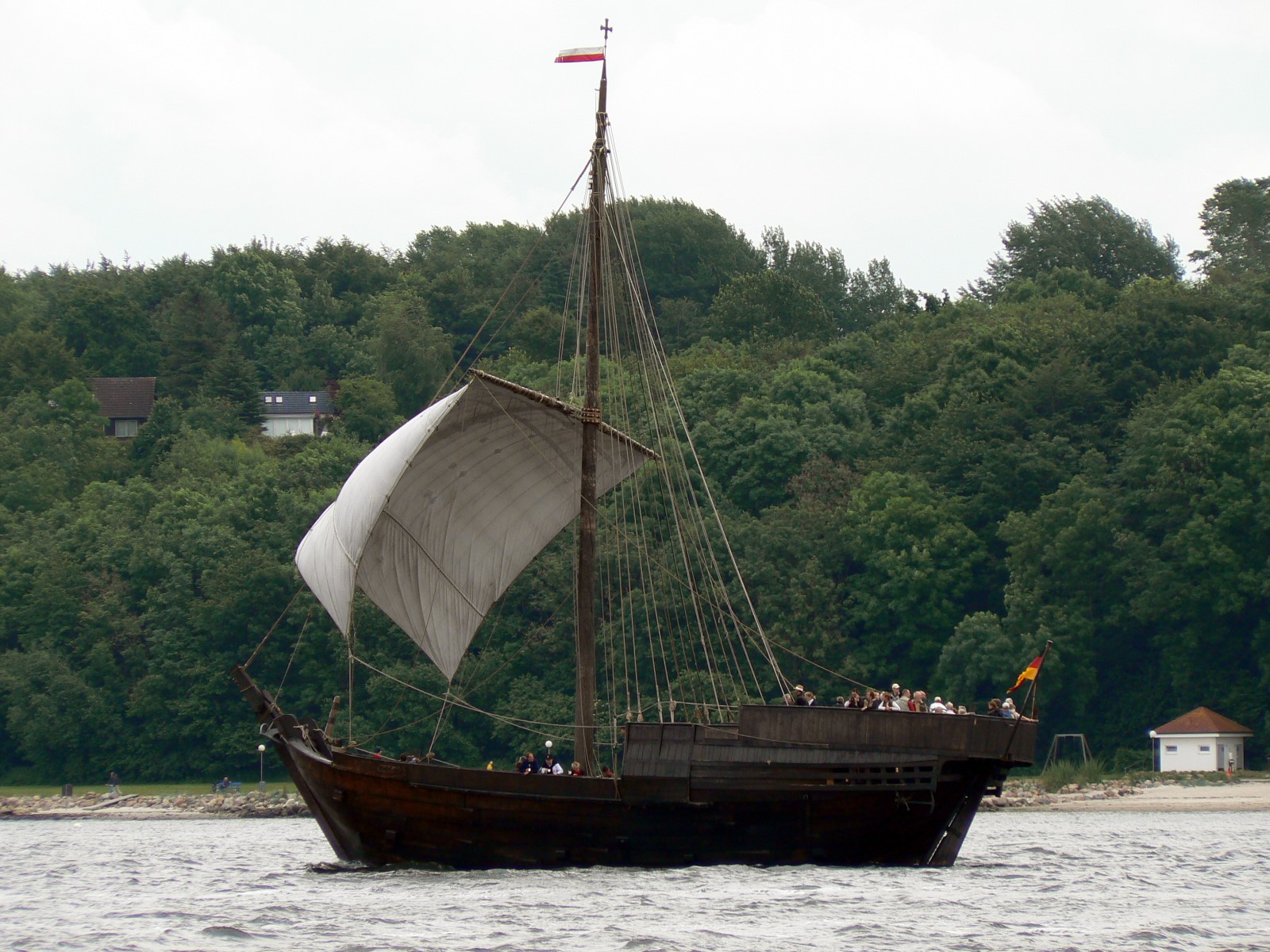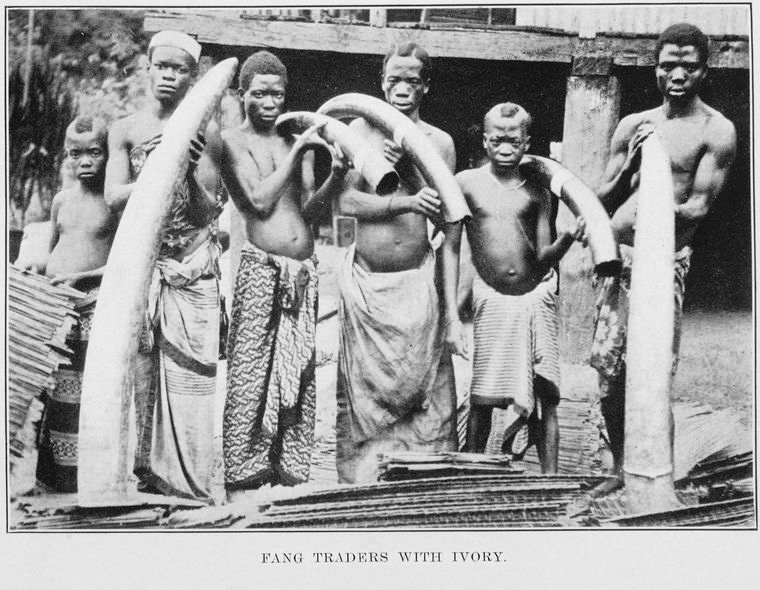|
Knaar
A knarr is a type of Norse merchant ship used by the Vikings. The knarr ( non, knǫrr, plural ) was constructed using the same clinker-built method as longships, karves, and faerings. History ''Knarr'' is the Old Norse term for a type of ship built for long sea voyages and used during the Viking expansion. The knarr was a cargo ship; the hull was wider, deeper and shorter than a longship, and could take more cargo and be operated by smaller crews. They were built with a length of about , a beam of , and a hull capable of carrying up to 24 tons. by Peter Hayes Sawyer It was primarily used to transport trading goods like walrus |
Modell Knorr
Modell is the German word for "model" and also a surname. It may refer to: People * Arnold Modell (1924–2022), American professor of social psychiatry * Art Modell (1925–2012), American business executive and sports team owner * Bernadette Modell, (born 1935), British geneticist * David Modell (1961–2017), American business executive and sports team owner * Frank Modell (1917-2016), American cartoonist * Merriam Modell (1908–1994), American author of pulp fiction * Pat Modell (1931–2011), American TV actress * Rod Modell, given name for Deepchord, electronic music producer from Detroit, Michigan * William Modell (1921–2008), American businessman and chairman of Modell's Sporting Goods Companies * Modell's, a sporting goods retailer based in New York City * Modell (pawn shop), a pawnbroker based in New York City, originally formed as a spinoff of the sporting goods company * Schabak Modell, a die-cast toy producer in Germany * Schuco Modell, a die-cast toy produc ... [...More Info...] [...Related Items...] OR: [Wikipedia] [Google] [Baidu] |
Iceland
Iceland ( is, Ísland; ) is a Nordic island country in the North Atlantic Ocean and in the Arctic Ocean. Iceland is the most sparsely populated country in Europe. Iceland's capital and largest city is Reykjavík, which (along with its surrounding areas) is home to over 65% of the population. Iceland is the biggest part of the Mid-Atlantic Ridge that rises above sea level, and its central volcanic plateau is erupting almost constantly. The interior consists of a plateau characterised by sand and lava fields, mountains, and glaciers, and many glacial rivers flow to the sea through the lowlands. Iceland is warmed by the Gulf Stream and has a temperate climate, despite a high latitude just outside the Arctic Circle. Its high latitude and marine influence keep summers chilly, and most of its islands have a polar climate. According to the ancient manuscript , the settlement of Iceland began in 874 AD when the Norwegian chieftain Ingólfr Arnarson became the first p ... [...More Info...] [...Related Items...] OR: [Wikipedia] [Google] [Baidu] |
Viking Ships
Viking ships were marine vessels of unique structure, used in Scandinavia from the Viking Age throughout the Middle Ages. The boat-types were quite varied, depending on what the ship was intended for, but they were generally characterized as being slender and flexible boats, with symmetrical ends with true keel. They were Clinker (boat building), clinker built, which is the overlapping of planks riveted together. Some might have had a dragon's head or other circular object protruding from the bow and stern for design, although this is only inferred from historical sources. Viking ships were used both for military purposes and for long-distance trade, exploration and colonization. In the literature, Viking ships are usually seen divided into two broad categories: merchant ships and warships, the latter resembling narrow "war canoes" with less load capacity, but higher speed. However, these categories are overlapping; some transport ships would also form part of war fleets. As a ru ... [...More Info...] [...Related Items...] OR: [Wikipedia] [Google] [Baidu] |
Medieval Ships
The ships of Medieval Europe were powered by sail, oar, or both. There was a large variety, mostly based on much older, conservative designs. Although wider and more frequent communications within Europe meant exposure to a variety of improvements, experimental failures were costly and rarely attempted. Ships in the north were influenced by Viking vessels, while those in the south by classical or Roman vessels. However, there was technological change. The different traditions used different construction methods; clinker in the north, carvel in the south. By the end of the period, carvel construction would come to dominate the building of large ships. The period would also see a shift from the steering oar or side rudder to the stern rudder and the development from single-masted to multi-masted ships. As the area is connected by water, people in the Mediterranean built different kinds of ships to accommodate different sea levels and climates. Within the Mediterranean area during the ... [...More Info...] [...Related Items...] OR: [Wikipedia] [Google] [Baidu] |
Roskilde
Roskilde ( , ) is a city west of Copenhagen on the Danish island of Zealand. With a population of 51,916 (), the city is a business and educational centre for the region and the 10th largest city in Denmark. It is governed by the administrative council of Roskilde Municipality. Roskilde has a long history, dating from the pre-Christian Viking Age. Its UNESCO-listed Gothic cathedral, now housing 39 tombs of the Danish monarchs, was completed in 1275, becoming a focus of religious influence until the Reformation. With the development of the rail network in the 19th century, Roskilde became an important hub for traffic with Copenhagen, and by the end of the century, there were tobacco factories, iron foundries and machine shops. Among the largest private sector employers today are the IT firm BEC (Bankernes EDB Central) and seed company DLF. The Risø research facility is also becoming a major employer, extending interest in sustainable energy to the clean technology sphere. The ... [...More Info...] [...Related Items...] OR: [Wikipedia] [Google] [Baidu] |
Viking Ship Museum (Roskilde)
The Viking Ship Museum ( da, Vikingeskibsmuseet) in Roskilde is Denmark's national ship museum for ships of the Prehistory, prehistoric and Middle Ages, medieval period. The main focus of the museum is a permanent exhibition of the Skuldelev ships, five original Viking ships excavated nearby in 1962. The Viking Ship Museum also conducts research and educates researchers in the fields of maritime history, Maritime archaeology, marine archaeology and experimental archaeology. Various academic conferences are held here and there is a research library in association with the museum. Original Viking ships Around the year 1070, five Viking ships were blockship, deliberately sunk at Skuldelev in Roskilde Fjord in order to block the most important fairway and to protect Roskilde from an enemy attack from the sea. These ships, later known as the Skuldelev ships, were excavated in 1962. They turned out to be five different types of ships ranging from cargo ships to ships of war. The Vi ... [...More Info...] [...Related Items...] OR: [Wikipedia] [Google] [Baidu] |
Skuldelev Ships
The Skuldelev ships are five original Viking ships recovered from the waterway of Peberrenden at Skuldelev, north of Roskilde in Denmark. In 1962, the remains of the submerged ships were excavated in the course of four months. The recovered pieces constitute five types of Viking ships and have all been dated to the 11th century. They are thought to have been sunk to prevent attacks from the sea. When the remains were unearthed, they were thought to comprise six ships, but "Skuldelev 2" and "Skuldelev 4" were later discovered to be parts of one ship. Together, the five Skuldelev ships provide a good source of information about the shipbuilding traditions of the late Viking Age and are now exhibited at the Viking Ship Museum in Roskilde. The museum has built accurate reconstructions of all five of the original Skuldelev ships; some of them have also been reconstructed by other groups across the world. Skuldelev 1 Skuldelev 1 was a sturdy seagoing cargo-vessel, possibly of the kn ... [...More Info...] [...Related Items...] OR: [Wikipedia] [Google] [Baidu] |
Roskilde Fjord
Roskilde Fjord is the fjord north of Roskilde, Denmark. It is a long branch of the Isefjord. Cities The cities Frederiksværk, Frederikssund, Jægerspris, Jyllinge and Roskilde (including Himmelev), (home to the famous Roskilde Festival), all have coastline at Roskilde Fjord. The image on this page shows the view of the fjord, as seen from Roskilde. Viking Time During the Viking time around 1000 AD the people of Roskilde decided to sink a number of their ships in the fjord at Skuldelev in order to prevent the Vikings from coming in and raiding. Originally five were discovered; but while extending the museum that houses these finds another nine were uncovered. See also * Roskilde Roklub Roskilde Roklub (English: Roskilde Rowing Club) is a rowing club based in Roskilde, Denmark. Its home water is Roskilde Fjord. History The club was founded in 1890. International performances Carl-Ebbe Andersen, Tage Henriksen, and Finn Peder ... References Fjords of Denmark Ge ... [...More Info...] [...Related Items...] OR: [Wikipedia] [Google] [Baidu] |
Vinland
Vinland, Vineland, or Winland ( non, Vínland ᚠᛁᚾᛚᛅᚾᛏ) was an area of coastal North America explored by Vikings. Leif Erikson landed there around 1000 AD, nearly five centuries before the voyages of Christopher Columbus and John Cabot. The name appears in the Vinland Sagas, and describes Newfoundland and the Gulf of Saint Lawrence as far as northeastern New Brunswick. Much of the geographical content of the sagas corresponds to present-day knowledge of transatlantic travel and North America. In 1960, archaeological evidence of the only known Norse site in North America, L'Anse aux Meadows, was found on the northern tip of the island of Newfoundland. Before the discovery of archaeological evidence, Vinland was known only from the sagas and medieval historiography. The 1960 discovery further proved the pre-Columbian Norse exploration of mainland North America. L'Anse aux Meadows has been hypothesized to be the camp '' Straumfjörð'' mentioned in the ''Saga of Eri ... [...More Info...] [...Related Items...] OR: [Wikipedia] [Google] [Baidu] |
Greenland
Greenland ( kl, Kalaallit Nunaat, ; da, Grønland, ) is an island country in North America that is part of the Kingdom of Denmark. It is located between the Arctic and Atlantic oceans, east of the Canadian Arctic Archipelago. Greenland is the world's largest island. It is one of three constituent countries that form the Kingdom of Denmark, along with Denmark and the Faroe Islands; the citizens of these countries are all citizens of Denmark and the European Union. Greenland's capital is Nuuk. Though a part of the continent of North America, Greenland has been politically and culturally associated with Europe (specifically Norway and Denmark, the colonial powers) for more than a millennium, beginning in 986.The Fate of Greenland's Vikings , by Dale Mackenzie Brown, ''Archaeological Institute of America'', ... [...More Info...] [...Related Items...] OR: [Wikipedia] [Google] [Baidu] |
Ivory Trade
The ivory trade is the commercial, often illegal trade in the ivory tusks of the hippopotamus, walrus, narwhal, mammoth, and most commonly, African and Asian elephants. Ivory has been traded for hundreds of years by people in Africa and Asia, resulting in restrictions and bans. Ivory was formerly used to make piano keys and other decorative items because of the white color it presents when processed but the piano industry abandoned ivory as a key covering material in the 1980s in favor of other materials such as plastic. Also, synthetic ivory has been developed which can be used as an alternative material for making piano keys. Elephant ivory Elephant ivory has been exported from Africa and Asia for millennia with records going back to the 14th century BCE. Transport of the heavy commodity was always difficult, and with the establishment of the early-modern slave trades from East and West Africa, freshly captured slaves were used to carry the heavy tusks to the ports where ... [...More Info...] [...Related Items...] OR: [Wikipedia] [Google] [Baidu] |
Norsemen
The Norsemen (or Norse people) were a North Germanic ethnolinguistic group of the Early Middle Ages, during which they spoke the Old Norse language. The language belongs to the North Germanic branch of the Indo-European languages and is the predecessor of the modern Germanic languages of Scandinavia. During the late eighth century, Scandinavians embarked on a large-scale expansion in all directions, giving rise to the Viking Age. In English-language scholarship since the 19th century, Norse seafaring traders, settlers and warriors have commonly been referred to as Vikings. Historians of Anglo-Saxon England distinguish between Norse Vikings (Norsemen) from Norway who mainly invaded and occupied the islands north and north-west of Britain, Ireland and western Britain, and Danish Vikings, who principally invaded and occupied eastern Britain. Modern descendants of Norsemen are the Danes, Icelanders, Faroe Islanders, Norwegians, and Swedes, who are now generally referred to as "Sc ... [...More Info...] [...Related Items...] OR: [Wikipedia] [Google] [Baidu] |








